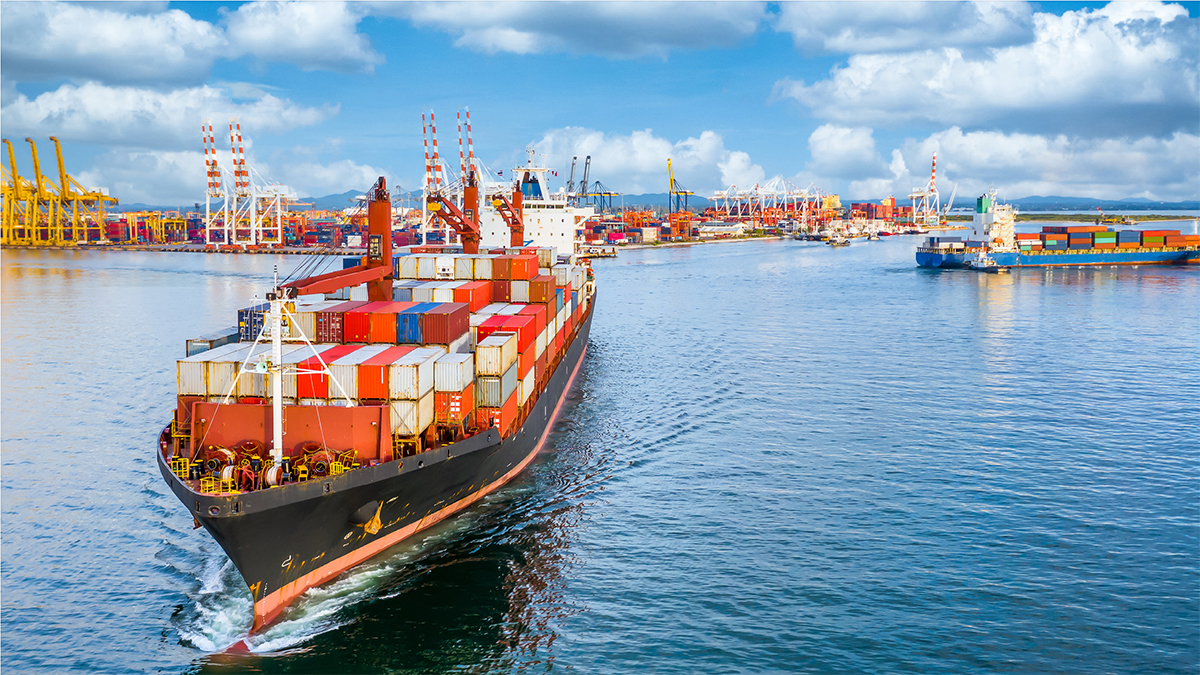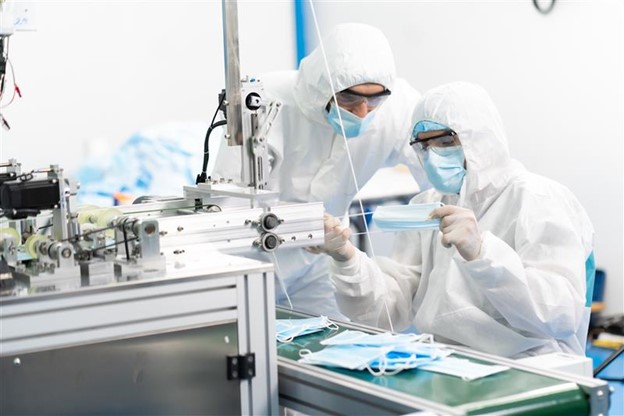How to Build a Resilient Supply Chain and Why It's Important …


For this discussion, we spoke with Avedis Seferian, Esq., President & CEO of Worldwide Responsible Accredited Production (WRAP) and Oliver Watts, Sustainability Director, EMEA at Medline International, on what a resilient supply chain looks like and the value having one brings.


WRAP is a non-profit organisation dedicated to promoting safe, lawful, humane, and ethical manufacturing. Its 12 principles cover areas like the prohibition of forced and child labour, health and safety standards, fair compensation and working hours, freedom of association, environmental responsibility, as well as customs compliance and security.
Medline is the largest provider of medical-surgical products and supply chain solutions serving all points of care. Through its broad product portfolio, resilient supply chain and leading clinical solutions, Medline helps healthcare providers improve their clinical, financial and operational outcomes. Headquartered in Northfield, Illinois, the company employs more than 43,000 people worldwide and operates in more than 100 countries and territories. To learn more about how Medline helps improve healthcare delivery and outcomes, visit www.medline.eu.
A Medline-WRAP partnership originated in 2016 and has grown over the years.
Setting the stage
While the COVID-19 pandemic, at its peak, was over five years ago, it was moment that most people who lived through it will not soon forget. It was also a defining moment for businesses overall, especially the services that depended on critical categories of products manufactured by those in the medical devices industry, for example. More specifically, it served as a sort of wake-up call for global businesses, exposing, in particular, the fragility of long-standing supply chain models. No event in recent modern history has left quite the impression as this health crisis.
But what was the extent of the impact of this unexpected impetus for change?
First, an idea of what exactly is referenced as the supply chain ... ‘When we say supply chain, we really mean a long series of interconnections and relationships that have to all work well,’ Seferian explained. The pandemic revealed how a single disruption, like a factory shutdown, can have a ripple effect, causing both supply and demand shocks throughout the entire chain. ‘The silver lining on the very dark cloud that was the pandemic was, in some ways, the recognition of the old adage that a chain is only as strong as its weakest link,’ Seferian quipped.
The businesses that navigated the crisis most successfully were those that prioritised relationships over short-term gains. Instead of abandoning suppliers, they leaned on each other, recognising the sentiment that ‘I need you and you need me in order for us collectively to succeed.’ In contrast, ‘companies that cancelled orders and then caused the factories to end up having to go under’, as Seferian noted, found themselves without suppliers when demand rebounded. This short-sighted, self-interested behaviour ultimately proved to be an obstacle to their own recovery and long-term success.




Redefining resilience: From protection to partnership
Medline, as a seasoned manufacturer and distributor of crucial consumables, has long understood the value of close partnerships and navigating crises in a way that does not neglect those. Throughout the pandemic, Medline ‘took all possible actions to meet the needs of customers.’ With demand for key consumables like facemasks, isolation gowns, gloves, headwear and footwear increasing then at a rapid pace, Medline’s priority was to collaborate with suppliers as far as possible and expand its supply chain capacity to enable the most impactful response.’ Watts reflected.
True resilience isn't just about protecting a company's immediate bottom line. As Seferian explains, ‘Resilience is: Let me ensure that I have longer-term, holistic thinking that recognises that my behaviour impacts that of my supplier and vice versa.’ This shift requires a move away from transactional relationships and toward genuine partnerships. Building a resilient supply chain means:
- Holistic thinking – Understanding that the success of one part of the chain is intrinsically linked to the success of all other parts.
- Collaboration – Working together with suppliers, manufacturers, and distributors to solve problems and share resources.
- Transparency – Fostering open communication to build trust and ensure all parties have a clear understanding of the challenges and opportunities.
While these principles are ‘very easy to say, they are much harder to actually do,’ Seferian outlined. Nonetheless, they form the core of a resilient supply chain, especially transparency. Let’s have a closer look.
The role of transparency
Transparency is one of bedrocks of (business-to-business) trust. In the past, companies often had limited visibility beyond their first-tier suppliers. First-tier (or Tier 1) suppliers are those companies that provide goods, services, and components directly to the final manufacturer or original equipment manufacturer (OEM). The pandemic showed why this is a dangerous practice. A supply chain’s weakest link could be a small component manufacturer several tiers deep. Increasing transparency, therefore, means mapping the entire supply chain—from raw materials to the final consumer. This visibility allows for proactive risk management and enables all parties to respond more effectively to disruptions. Sharing information about inventory levels, production schedules, and potential bottlenecks helps to prevent a domino effect of shortages.
Still transparency doesn’t happen in a vacuum. This understanding is integral to how Medline operates.
Medline operates a vast global supply chain, and with that scale comes a deep responsibility to uphold ethical and sustainable practices. The company has, therefore, developed a comprehensive approach that combines clear standards, active oversight, and continuous improvement, ensuring that its sourcing practices reflect both its values and international expectations.
To ensure accountability, ‘Medline conducts regular audits and assessments, both internally and through third party monitors,’ Watts noted. This means that suppliers must provide documentation, participate in inspections, and implement corrective actions where needed. The company also encourages suppliers to pursue independent certifications such as WRAP and SA8000.
‘Accountability brings about transparency and the reverse,’ Watts stated, acknowledging a kind of cause-and-effect relationship. ‘When an organisation knows it will be held accountable, it has a strong incentive to be transparent.’ This is because transparency provides the evidence and information needed for effective accountability. For example, Medline knows its supply chain and the guidelines and processes that are required for lawful and human operations will be audited and scrutinised by a third-party independent organisation such as WRAP. ‘Without transparency, accountability becomes very difficult, as there is no way to see what is happening behind the scenes. Similarly, transparency without accountability can be meaningless’, Watts continued. That is to say, if an organisation is open about its mistakes but faces no consequences, there’s little to no incentive to change.
Prioritising this accountability-transparency module in its organisation, Medline views ethical sourcing as a journey. Through its Ethical Sourcing Programme, the company supports suppliers in raising their standards over time, offering guidance, training, and open dialogue. ‘This collaborative approach helps build long-term partnerships that reflect shared values and contribute to a more open, sustainable and equitable healthcare system,’ Watts closed.
While this understanding may have been onboarded in some quarters of the industry, it has certainly been made mainstreamed by the imposing nature of a healthcare crisis that threatened everything that was considered ‘normal’. Effectively, as Seferian opined, ‘It does sometimes take a negative impetus to bring about some positive change.’ The pandemic underscored a critical need for a paradigm shift from efficiency-focused supply chains to more robust and resilient systems. The transformation needed would not just be about logistics. It has to be about building a foundation of trust, transparency, and collective action.
Pandemic conditions may be behind us, but the new norm in supply chain management is still taking shape.

